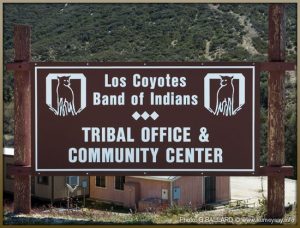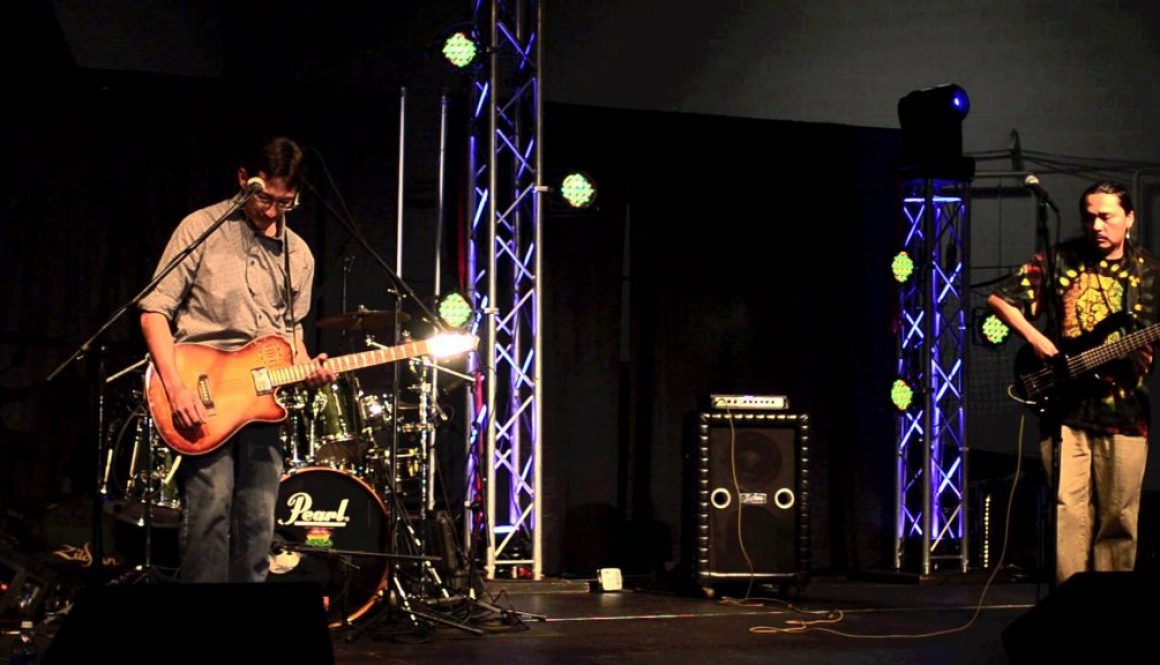The Los Coyotes reservation sits in a remote region of northern San Diego County, on land unsuitable for commercial development – unless we create a casino resort
The Reservation of the Los Coyotes Band of Cahuilla and Cupeño Indians consists of approximately 25,050 acres located in the hills near Warner’s Hot Springs, California, approximately 70 miles from San Diego, sandwiched between the Cleveland National Forest and the Anza-Borrego Desert State Park. The reservation is remote and has extremely mountainous and rugged terrain, with more than 75 percent of its land on slopes exceeding 17 degrees. As a result, the Reservation remains largely undeveloped.
The tangkasnet Tribe currently has 328 enrolled members, but only 82, or about 25%, of its members live on the Reservation. Because of the considerable geographic and infrastructure limitations on on-reservation economic development, and the related limited availability of employment and housing opportunities there, the majority of Los Coyotes members are dispersed over southern California.
The federally recognized Tribe is located northeast of San Diego and southeast of Los Angeles.
Because the Reservation is largely undeveloped, it provides habitat to rare and endangered species. Supporting a diverse wildlife habitat, the reservation serves as a prime habitat for a variety of birds, mammals, and reptiles and is of primary importance to bio-diversity in the region. For example, portions of the adjacent Anza-Borrego State Park are designated as critical habitat for the endangered Peninsular Bighorn Sheep. Similarly, the Environmental Protection Agency has identified areas within the Los Coyotes Reservation where pesticide use should be limited to protect the Peninsular Bighorn Sheep.
Today, there is almost no development of the Los Coyotes reservation.
 The excessively rocky and steep terrain accounts in part for the fact that the Reservation is severely underserved by the infrastructure necessary to support economic development. Electricity was not brought to the reservation until 1999 (and many sectors of the reservation still are not wired), water delivery infrastructure is outdated and inadequate, and wastewater disposal infrastructure is nearly nonexistent. As a result, living conditions on the Reservation are profoundly substandard. The 2000 census reported that only two homes on the Reservation use electricity for heating, that 68.2% of all homes use wood as their heating source, that 18% of homes have no plumbing or kitchen facilities, and that 22.7% of homes have no phone service. Mobile homes make up 45.5% of the housing units on the Reservation (there are twelve single-family homes and ten mobile homes total, to serve an on-reservation tribal membership population of 82). Of the Reservation population 25 years and over, 53.6% never finished high school; while only two residents had Associate degrees and no residents had Bachelor’s or graduate degrees.
The excessively rocky and steep terrain accounts in part for the fact that the Reservation is severely underserved by the infrastructure necessary to support economic development. Electricity was not brought to the reservation until 1999 (and many sectors of the reservation still are not wired), water delivery infrastructure is outdated and inadequate, and wastewater disposal infrastructure is nearly nonexistent. As a result, living conditions on the Reservation are profoundly substandard. The 2000 census reported that only two homes on the Reservation use electricity for heating, that 68.2% of all homes use wood as their heating source, that 18% of homes have no plumbing or kitchen facilities, and that 22.7% of homes have no phone service. Mobile homes make up 45.5% of the housing units on the Reservation (there are twelve single-family homes and ten mobile homes total, to serve an on-reservation tribal membership population of 82). Of the Reservation population 25 years and over, 53.6% never finished high school; while only two residents had Associate degrees and no residents had Bachelor’s or graduate degrees.
Unfortunately this is an enormous issue that nobody is interested in, well at least not enough. Everyone is wondering why it is like that and when somebody is going to do something about it. This terrain could be a great place for big project it just needs to be recognized like that. Creating casino resort will be great solution!
Electricity, connected just 12 years ago, serves only the edge of the reservation.
The remote location, difficult terrain and environmental sensitivity of the Reservation have made meaningful economic development there impossible, and the Los Coyotes Band has had no alternative but to seek land off-reservation for economic development.
